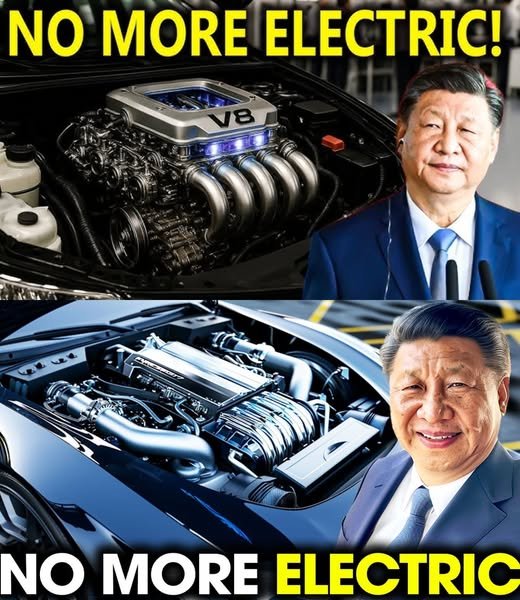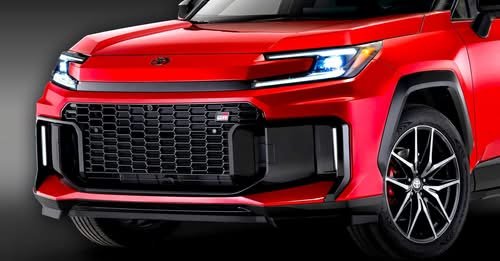In the ever-evolving landscape of automotive technology, few names resonate with as much intrigue and excitement as Koenigsegg. Renowned for pushing the boundaries of performance and engineering, the CEO of Koenigsegg, Christian von Koenigsegg, has made headlines once again by announcing a groundbreaking new engine set to debut in 2025. This announcement has sparked a flurry of debate and speculation within the automotive community, as it challenges the very foundations of the electric vehicle (EV) industry.
At the heart of this controversy is the assertion that Koenigsegg’s new engine will “shake the entire EV industry.” But what does this mean? For years, the automotive world has been pivoting towards electric powertrains, with traditional combustion engines being phased out in favor of cleaner alternatives. The rise of companies like Tesla has further accelerated this shift, leading many to believe that electric vehicles are the undisputed future of the automobile. However, Koenigsegg’s bold claim suggests a potential resurgence of the internal combustion engine (ICE), albeit in a revolutionary form.
Koenigsegg has always been synonymous with innovation. From their record-breaking hypercars to advanced engineering solutions like the Freevalve technology, the company has consistently redefined what is possible. The new engine, which is rumored to incorporate hybrid technology, promises to deliver performance metrics that could rival or exceed those of current EV offerings. This raises an intriguing question: can a new type of combustion engine coexist with electric vehicles, or will it undermine the progress made towards sustainable transportation?
Proponents of Koenigsegg’s vision argue that a hybrid approach could offer the best of both worlds. By combining the instant torque and efficiency of electric motors with the raw power and range of a combustion engine, this new engine could appeal to a broader audience. Enthusiasts who crave the visceral experience of driving a powerful ICE might find themselves drawn back to the fold, while those concerned about range anxiety in electric vehicles could benefit from the added reassurance of a hybrid system. This duality could potentially reinvigorate interest in performance vehicles, creating a market where both EVs and hybrids thrive.
However, skeptics are quick to voice their concerns. The environmental impact of introducing a new engine, regardless of its design, cannot be overlooked. The automotive industry is under immense pressure to reduce carbon emissions and combat climate change. Critics argue that diverting attention back to combustion engines, even if they are cleaner, risks undermining the progress made towards fully electric solutions. The urgency of the climate crisis demands a commitment to sustainability, and many fear that a hybrid revival could slow the transition to a completely electric future.
Moreover, the infrastructure challenges associated with hybrid vehicles present another layer of complexity. While electric charging stations are becoming increasingly widespread, the integration of a new engine could require significant investment in new refueling infrastructure. This could complicate the transition for consumers who are already grappling with the shift from traditional gasoline vehicles to EVs. The potential for confusion in the marketplace could hinder the acceptance of Koenigsegg’s new technology, making it difficult for consumers to embrace a hybrid solution when a fully electric option might be more straightforward.
In conclusion, Christian von Koenigsegg’s announcement regarding a revolutionary new engine has ignited an important conversation about the future of automotive technology. As the industry stands at a crossroads, the implications of this development are profound. Will Koenigsegg’s innovation lead to a renaissance of performance vehicles that coexist with electric cars, or will it detract from the momentum towards sustainable transportation? The debates around this topic will likely intensify as 2025 approaches, forcing both automotive manufacturers and consumers to reevaluate their positions on the future of driving. The coming years promise to be as thrilling as a Koenigsegg hypercar itself, as we navigate the complexities of an evolving automotive landscape.



